Do Phases of the Moon Affect Fishing Conditions?
Is there a right time to fish? Our expert angler shares tips on how picking the right fishing weather conditions and Moon phases can set you up for success every time you cast your line.
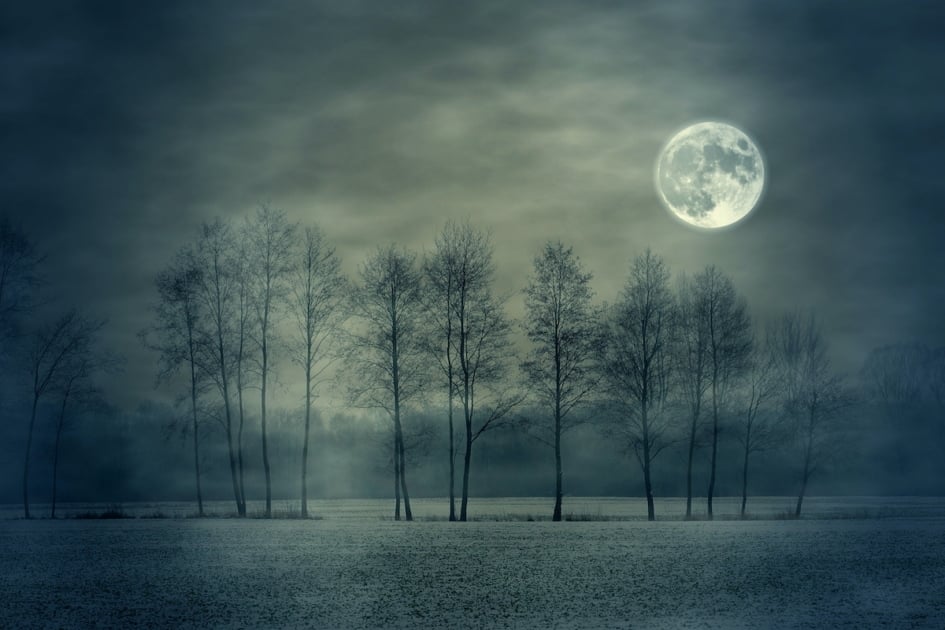
Most hunters and anglers wouldn’t dream of venturing out without the proper gear, yet many overlook the significance of understanding how animals interact with their surroundings. Gaining insight into these interactions can result in more trophies, satisfying meals, and cherished memories.
Countless individuals have access to fishable bodies of water, and the means to catch fish are affordable for nearly any budget. Whether it’s using nightcrawlers at a nearby pond or fly fishing in renowned western rivers, timing your fishing excursions correctly can make all the difference between taut and slack lines.
Moon Phases And Fishing
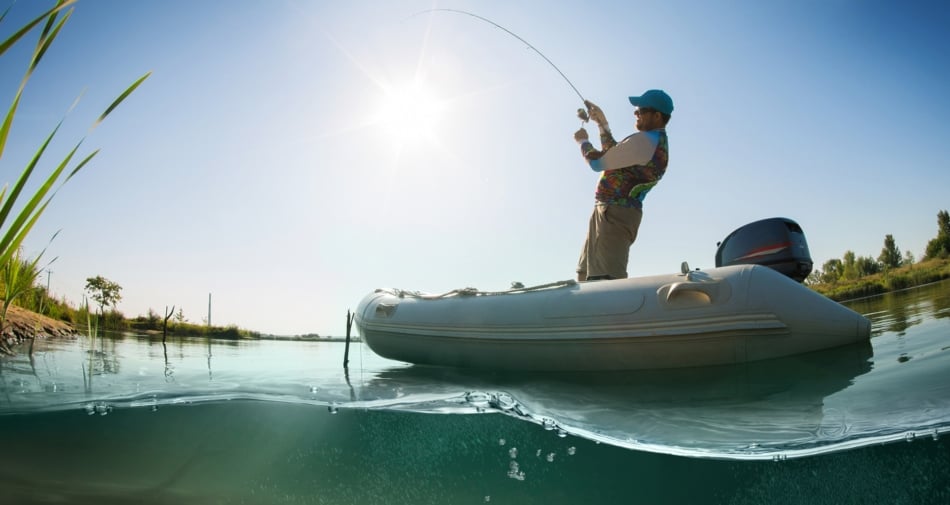
The phases of the Moon can and do influence fish activity. Similar to deer, fish are most active during the days leading up to and following a full or new Moon. These periods can be particularly fruitful if moonrise or moonset aligns with sunrise or sunset (refer to the Farmers’ Almanac Calendar pages for precise moonrise/set times, or become a Farmhouse Member and see them every time you log in).
Saltwater fish are particularly susceptible to the Moon’s phases, which cause unusually high and low tides. Higher tides may lure fish into new hunting areas, mainly if they coincide with the spawning of prey fish that can be easily traced. Conversely, lower tides might concentrate fish in locations not frequented during average water levels.
Naturally, maintaining a fishing journal is the most effective way to capitalize on these cues. Documenting the weather, time of day, lunar phase and position, tactics employed, and the success of your excursion will help you become a more proficient angler.
Weather’s Role in Fishing
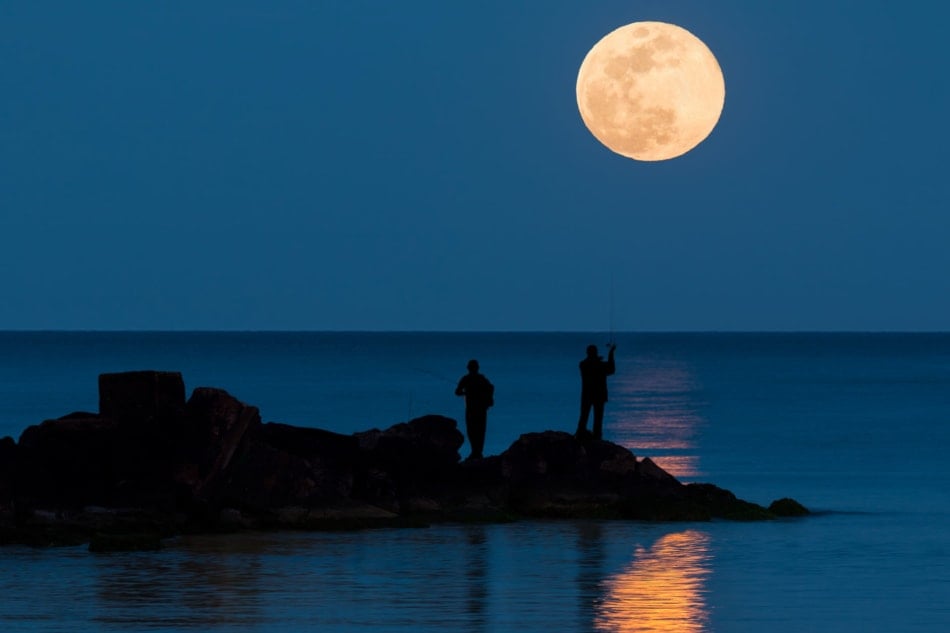
- Air Temperature: Ideal water temperature varies from species to species, but a few hot or cold days in a row can quickly push temperatures above or below the sweet spot, especially in small bodies of water.
- Sun or Clouds? While a beautiful, sunny day may beckon you to head out to your favorite watering hole, cloudy, overcast days, and even days with light rain, are when fish bite the best. Clouds help remove shadows on the banks of the water, which makes the fish less fearful. Predatory fish often have better low light vision than their prey and, therefore, hunt better on low light days. This is also why dawn and dusk can be some of the most productive times to fish.
- Heavy rain can turn off the bite (in small bodies of water in particular) and makes it unpleasant to be out on the water anyway. Wind can also affect the world beneath the surface. In some situations, the water and waves churned up by the wind can push baitfish against the shore where game fish will key in on them. However, wind can make it difficult to fish and even dangerous to be on the water in some situations.
- Barometric pressure can be the surest indicator of whether or not the fish will bite. A falling barometer will cause them to actively feed, peaking at the lowest point of pressure just before bad weather arrives. This is the time to be fast and aggressive with your fishing tactics. Once bad weather has moved through—and a high-pressure system ushers in cool, clear days—the bite almost immediately shuts down. This is the time to switch to a slow, finessed strategy or just stay home. Once the barometric pressure settles down, the bite will slowly come back to normal.
We’ve taken some of the guesswork out of it for you — Be sure to also consult our Best Days Fishing Calendar here.

Butch Mockler
Butch Mockler is a New Jersey native now living in Southern Maine with his wife and son (and hound dog). He’s a woodworker by trade, a writer in his spare time and an avid fisherman and bow hunter. He also comes from a long line of fine Italian home cooks, and has discovered a new passion in gardening and homesteading. His article, Small Space Gardening Ideas, appears in the 2019 Farmers' Almanac.


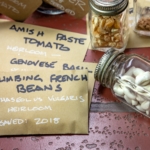
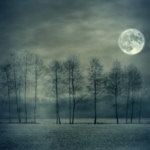
This post has nothing to do with fishing.
My dad started taking us fishing when I was a kid back in the 60s. He discovered back then that the fish bit more at high tide and would plan our fishing times according to the tide table. We were fishing in creeks and rivers so the water level didn’t change noticeably. He was convinced that the gravitational pull of the moon at its strongest point had an effect on feeding activity for fish and even land animals. We always caught more fish around the high tide.
I watch the barometer very closely while fishing. If it’s slowly dropping with a storm coming in, The fish seem to bite the best. But when it starts raining, go home. The bike turns off.
A red sky at night is a sailor’s delight.
A red sky in the morning is a sailor’s warning.
We have a great article on that lore on our site Virginia – https://www.farmersalmanac.com/red-sky-at-night-15843
This is very good information, and accurate. I fish by the barometer all the time and it does help the bite considerably. Thanks for the good information Farmers’ Almanac.
Glad you found it useful Rowand. Thank you for visiting our site and commenting. Hope you check out our other fishing content including our best days to go fishing – https://www.farmersalmanac.com/calendar/fishing-calendar-best-days-to-fish
Since I was a kid, Dad would always go by the solunar (tide) table to pick the best time to catch fish. This was in fresh water creeks and rivers. We always experienced an uptick in biting closest to the high tide. Low tide had an effect on feeding similar to what the high pressure cold front did; it slowed down. We’ve been fishing hundreds of times and would almost always see this work.
I live in Kuna,Idaho
What about fly fishing for trout in the Rocky Mountains
Colors are important for success too. The deeper you fish, the more you are likely to need to present the ultraviolet side of the color spectrum–purple, blue, green, chartreuse. These are the LAST colors to disappear the further that you go deep. The FIRST colors ro disappear are the infrareds including–red, pink, yellow and white. As a general rule, I tend to try to fish as deep or as shallow as where the fish are as determined by weather and lighting conditions. Fish are often serious predators and it helps if they see their targeeted meal. So make it easier for them.
Fish on !!!!
Great info, Hank! Thank you!
I live near Baton Rouge, Louisiana. I fish in Laffite, Louisiana, Lake Salvadore, the Pen and surrounding waters. Due to the recent hurricanes going on in the Gulf of Mexico, the tide has been higher than normal, I have caught some of my best limits the last month or two that I have ever caught, I am originally from Alabama but been living and fishing here in south Louisiana for almost 20 years. I know why they call this state, Sportsman Paradise.
Chad: Excellent! Thanks for sharing.